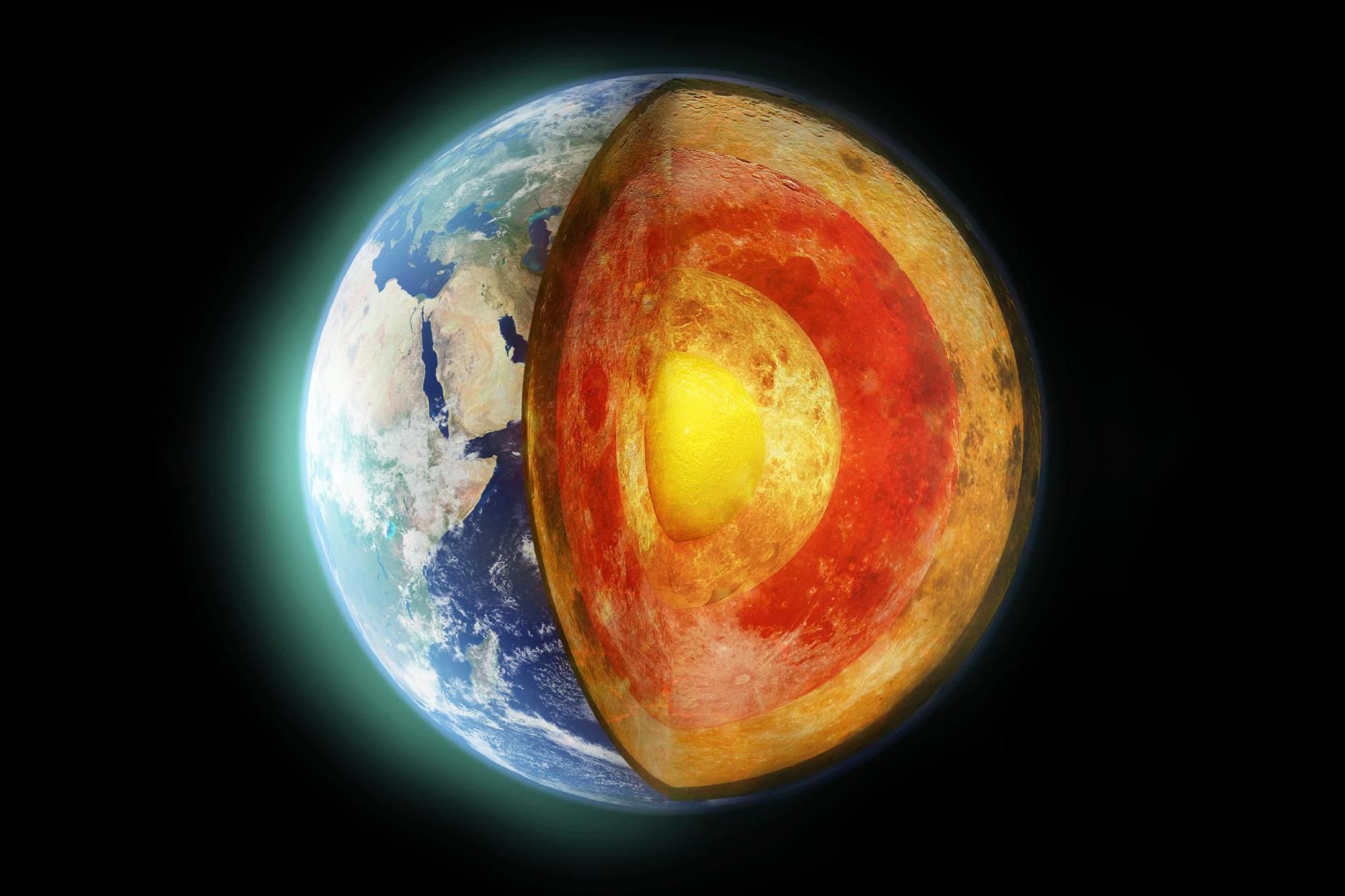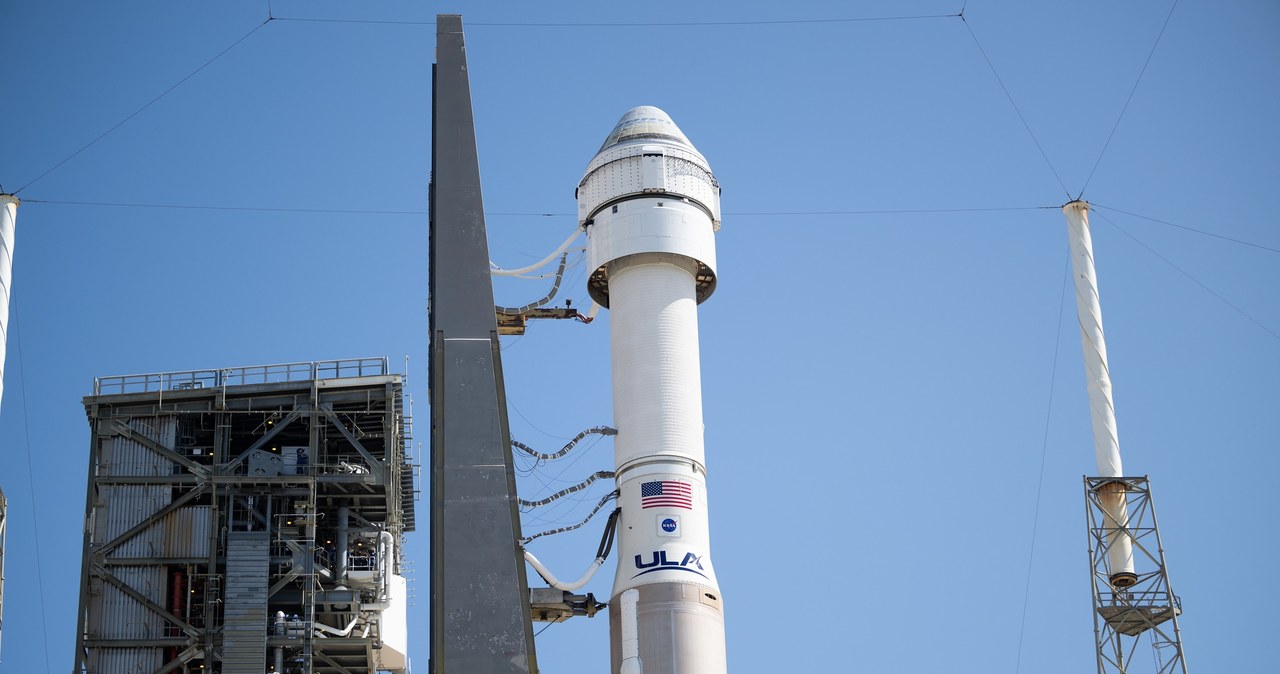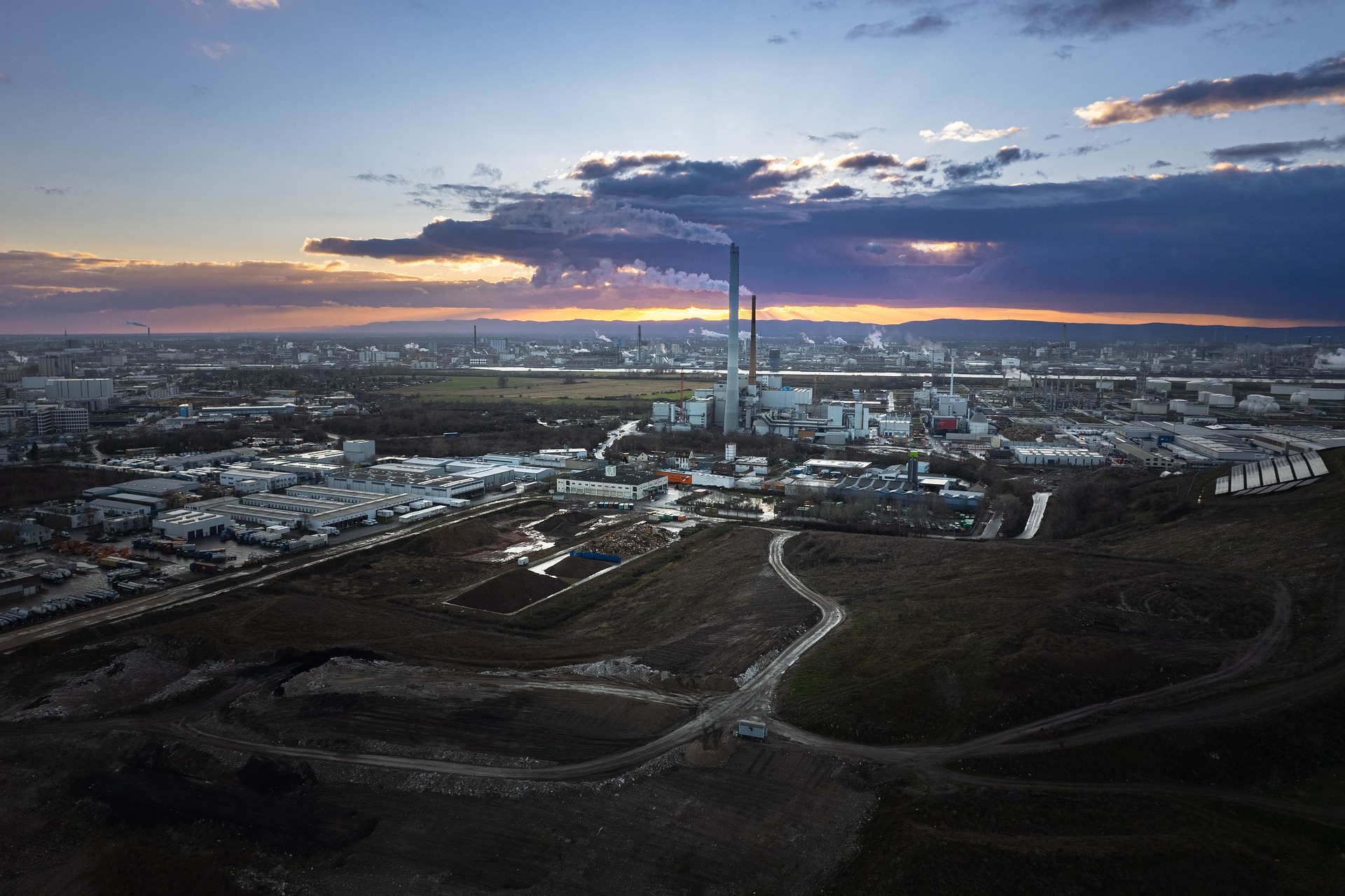Every elementary school student knows that the Earth consists of a thin crust, a vast mantle, and an outer and inner core. However, few people realize that this picture is greatly simplified.
With the development of imaging techniques, analytical methods and, above all, the sensitivity of seismometers, scientists are able to see increasingly detailed components of the Earth’s interior. The results of the latest observations indicate that the interior of our planet is more interesting and more difficult to describe than previously seemed.
Read also: Something is happening inside the Earth. Our planet’s core has almost stopped rotating
For some time, scientists have been aware of the existence of so-called ultra-low velocity zones (ULVZs) in the Earth’s interior. These are the inner regions of our planet where seismic waves generated, for example, in the event of an earthquake, slow down significantly and therefore reach seismographs located on the other side of the Earth with a delay. Particularly well-known are the ULVZs located at the junction of the Earth’s core and mantle. These zones are capable of slowing down the passage of seismic waves by up to 50%. in relation to the surrounding areas. Such a delay in reaching seismographs allows scientists to learn about the existence of ULVZs, which we will never see in person. It is enough to realize that the deepest man-made well reached a depth of only 12 kilometers, so there is still more than 6,350 kilometers to the center of the Earth.
All of the ULVZs discovered over the years are incredibly interesting to scientists. It’s not really known where they came from. They could be fragments of space objects that collided with Earth in the early stages of the formation of the solar system, when the planets were constantly bombarded by smaller and larger space objects. They could also be parts of continental plates that have slid under other continental plates.
New information about the origin of ULVZ That’s why researchers look for seismic waves generated by earthquakes. These waves penetrate the mantle, the liquid core, and then the mantle on the other side of the planet. All the ULVZs along the way distort the waves before they reach seismometers.
As part of the latest research project, scientists analyzed data from earthquakes of magnitude 5.8 or greater that occurred in New Guinea between 2008 and 2022. The waves from these shocks, after passing through the Earth, were recorded by instruments in South America.
Read also: The interior of the Earth is changing. What gets there from the surface of the planet is responsible for that
Until then, scientists knew that large ULVZs were located on the boundary of Earth’s core and mantle under the western Pacific Ocean, just east of the Philippines. Now it turns out there are even more of these zones, whether under North America, North Africa, the Pacific Northwest, or East Asia.
It turns out that zones of very slow velocities are found almost everywhere, spread across the entire mantle of the Earth. This is completely new information that forces us to approach the subject a little differently than before. Everything indicates that they are being created continuously. Scientists suspect that they may be basalt rocks formed on mid-ocean ridges where the seafloor is slowly expanding. In such places, these basalt rocks can be pulled into the interior of the planet and become other ULVZs, which scientists then observe in seismic data. Given that tectonic plates are constantly moving against each other, they can also drag all these ULVZs with them, which are then slowly distributed throughout the mantle of our planet.

Echo Richards embodies a personality that is a delightful contradiction: a humble musicaholic who never brags about her expansive knowledge of both classic and contemporary tunes. Infuriatingly modest, one would never know from a mere conversation how deeply entrenched she is in the world of music. This passion seamlessly translates into her problem-solving skills, with Echo often drawing inspiration from melodies and rhythms. A voracious reader, she dives deep into literature, using stories to influence her own hardcore writing. Her spirited advocacy for alcohol isn’t about mere indulgence, but about celebrating life’s poignant moments.









